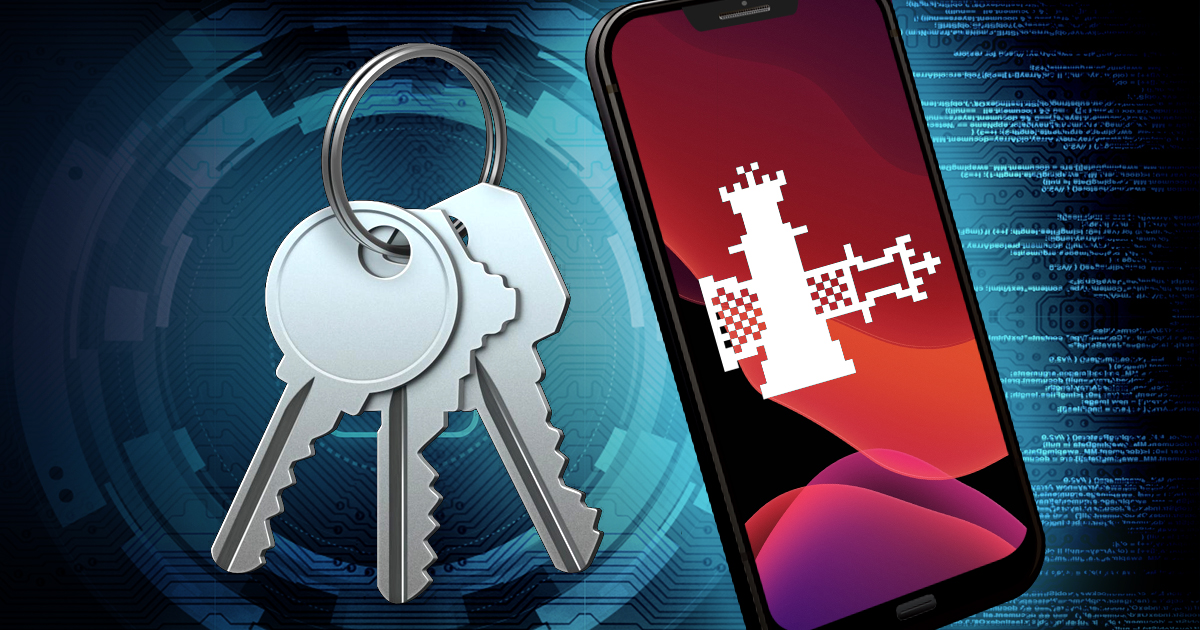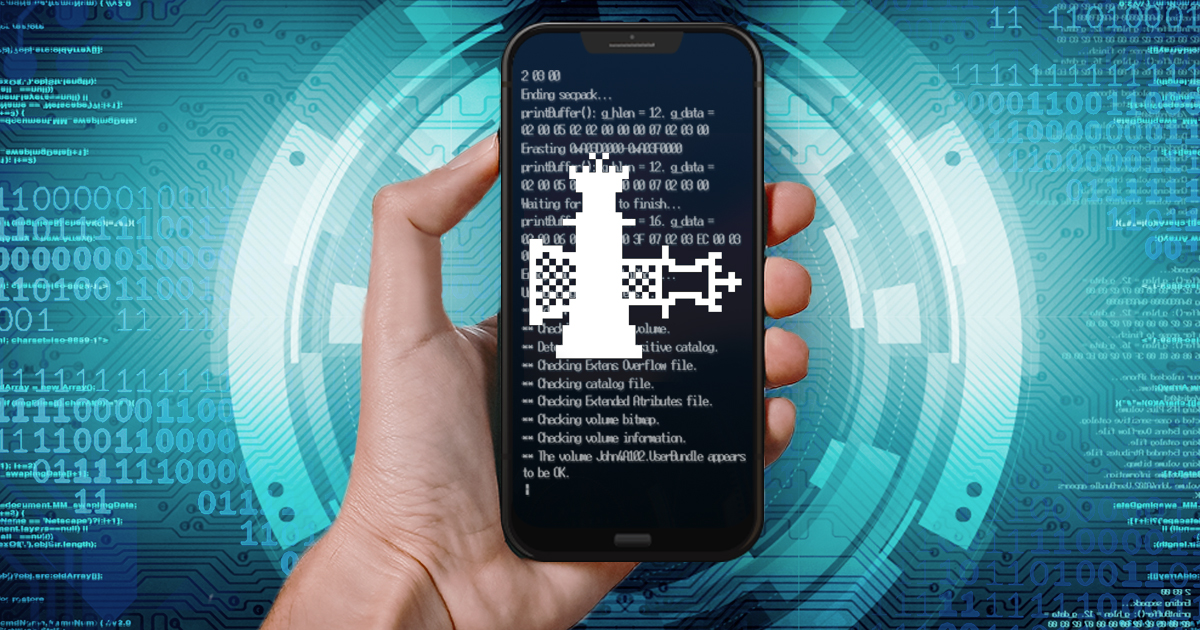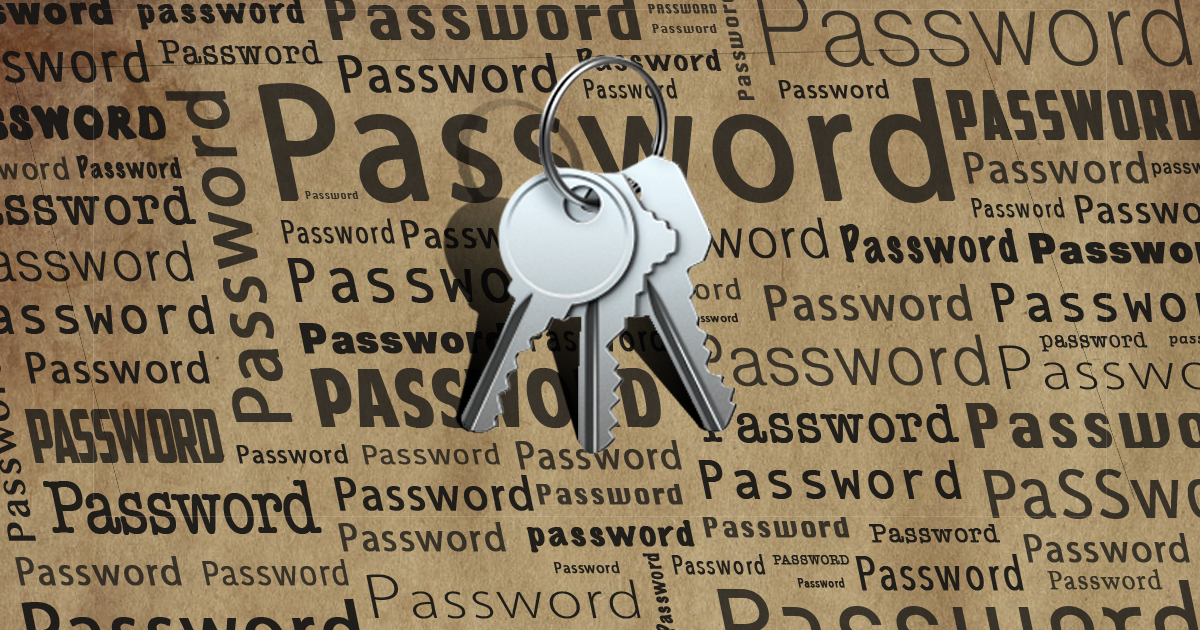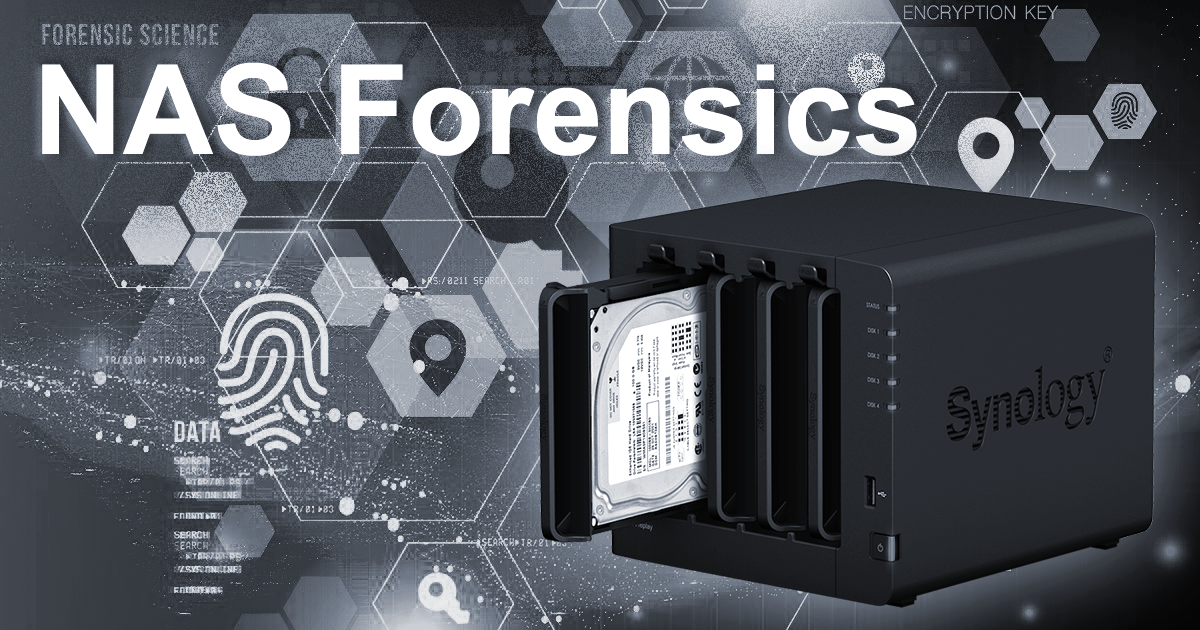December 30th, 2025 by Oleg Afonin
We’re expanding our product line with a new tool: Elcomsoft Quick Triage. With this release, we are expanding into an area we had not previously covered – digital forensic triage. EQT is designed to address a very specific need that arises at the earliest stages of an investigation, when time is limited and quick decisions matter. The new tool is not intended to replace full-featured forensic platforms or in-depth analysis. Instead, it focuses on a different phase of the workflow: fast identification, collection, and review of the most relevant evidence before committing resources to a complete examination.
Read the rest of this entry »










